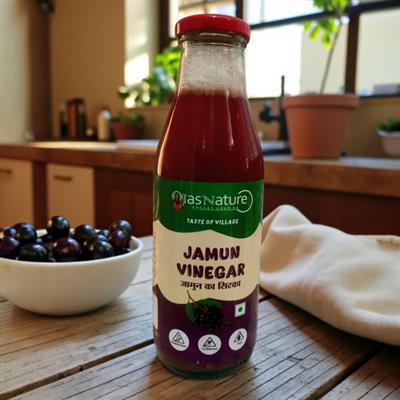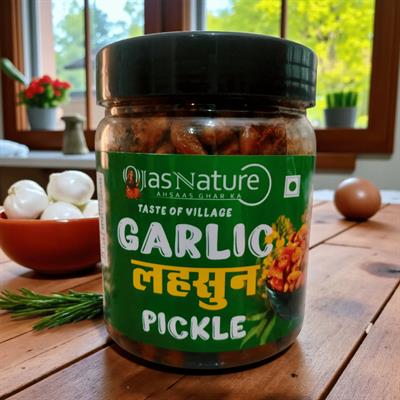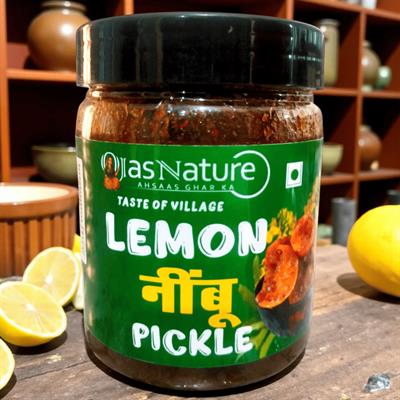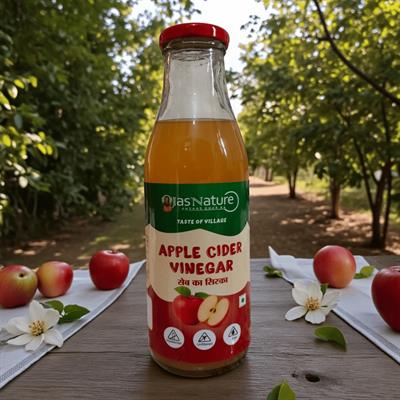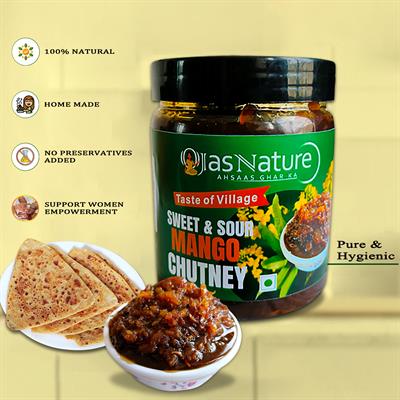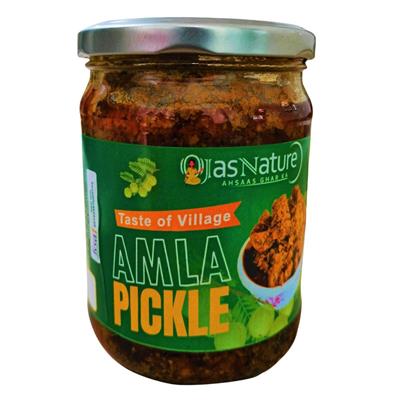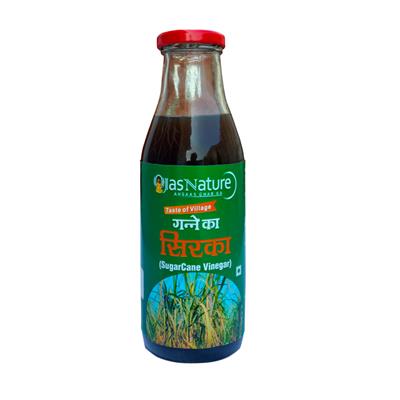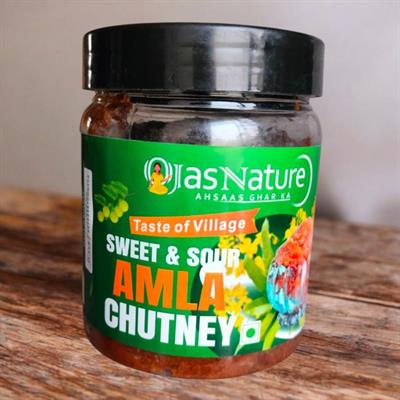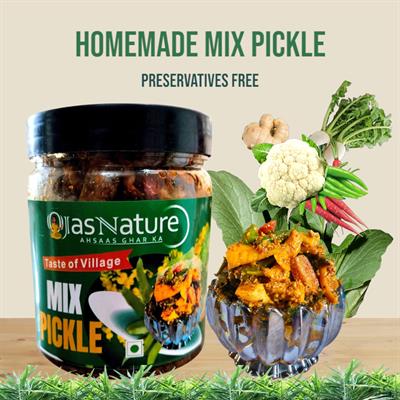Pickles, or achar, are a timeless part of Indian cuisine—bursting with flavor, heritage, and the warmth of home cooking. But if you've ever wondered, “How long do homemade pickles need to sit before they’re ready to eat?”, you’re asking a crucial question. The sitting time, or fermentation period, is what brings out the full flavor and character of achar. Whether it’s tangy amla achar or fiery mango pickle, this process is essential.
At Ojas Nature, the Top Pickle Manufacturers in Saharanpur, every jar is a product of patience and tradition. They follow time-honored methods to ensure their pickles are naturally fermented, full of depth, and preservative-free. From crafting the perfect online amla pickle to producing robust online mango pickle, the sitting time is never rushed.
Let’s explore why pickles need to sit, how long you should wait, and how Ojas Nature masters this process for every jar.
1. Why Pickles Need to Sit
Homemade pickles undergo a fermentation or curing process. This period allows the salt, oil, and spices to fully penetrate the fruit or vegetable, transforming raw ingredients into flavorful delicacies. It’s not just about taste—it’s also about preservation. The sitting period enables natural acids and microbes to create an environment where spoilage is minimized and flavor is maximized.
Ojas Nature, known as one of the Top Pickle Manufacturers in Saharanpur, honors this process by giving each batch of achar the time it needs to develop complex, layered flavors. That’s why their pickles—from online amla achar to mango pickle—are never rushed.
2. Typical Sitting Times for Popular Pickles
The time required for a pickle to sit depends on the ingredients and type of pickle. Here’s a breakdown:
-
Mango Pickle: Typically, raw mango pickle needs to sit for 10 to 15 days. During this time, the mango softens, and the spices absorb into the flesh. At Ojas Nature, their famous online mango pickle is cured for up to three weeks under natural sunlight, ensuring an intense, rich flavor with every bite.
-
Amla Pickle: Amla, or Indian gooseberry, needs a slightly shorter curing time—around 7 to 10 days. The tartness of amla combines with mustard oil, fenugreek, and other spices to create a well-rounded flavor. Ojas Nature’s online amla pickle is slow-cured naturally, locking in its nutritional value and taste.
-
Lemon Pickle: Lemon pickle often needs 20 to 30 days to cure properly, especially when it relies on salt and sunlight for preservation. The lemon softens over time, and the spices settle into a mellow, tangy blend.
3. The Role of Sunlight in Fermentation
Sunlight plays a key role in helping homemade pickles sit and mature properly. The warmth speeds up natural fermentation and helps the spices release their essential oils. It also prevents moisture build-up, which can lead to spoilage.
Ojas Nature embraces this tradition. As one of the Top Pickle Manufacturers in Saharanpur, they sun-cure all their pickles—from online mango pickle to online amla achar—under monitored conditions to maintain consistent texture and flavor.
4. Signs That Your Pickle Is Ready
Here’s how you know your homemade pickle has sat long enough:
-
The pieces have softened and absorbed the oil and spices.
-
The aroma is deep, rich, and free of any raw or sour notes.
-
The oil rises to the top, creating a natural barrier to protect the pickle.
-
The taste is balanced—tangy, spicy, and flavorful without any bitterness.
These are the qualities you’ll always find in Ojas Nature’s handcrafted products. Their expert understanding of when a pickle is truly ready is part of why they are trusted as the Top Pickle Manufacturers in Saharanpur.
5. Why You Shouldn’t Rush the Process
It might be tempting to dig into your pickle early, but the flavors won’t be fully developed. Incomplete fermentation can also lead to spoilage or an overly raw taste. Waiting the proper amount of time ensures your pickle is not just tasty but also safe and shelf-stable.
Ojas Nature's philosophy is built around this principle. They give every jar—whether it's online amla pickle or online mango pickle—the attention and time it needs. No shortcuts, just authentic, naturally aged pickles.
6. Storage After Sitting
Once your pickle has matured, store it in an airtight glass jar, away from moisture and direct sunlight. Always use a clean, dry spoon when serving to prevent contamination.
Ojas Nature simplifies this for customers by providing hygienically packed, shelf-stable jars. Whether you're ordering online amla achar or any other variety, their airtight packaging and natural preservation methods keep your pickles fresh long after they’ve matured.
Final Thoughts
So, how long do homemade pickles need to sit? Depending on the type, anywhere from 7 to 30 days. But the key takeaway is this: patience brings perfection. When you let your pickles cure naturally, you allow them to reach their full flavor potential.
That’s exactly what Ojas Nature does. With a deep respect for tradition and a commitment to purity, they craft pickles the way they’re meant to be made. Whether you choose their online mango pickle, online amla achar, or any other variety, you’re getting a product that has been slow-aged, naturally preserved, and made with care by the Top Pickle Manufacturers in Saharanpur.

